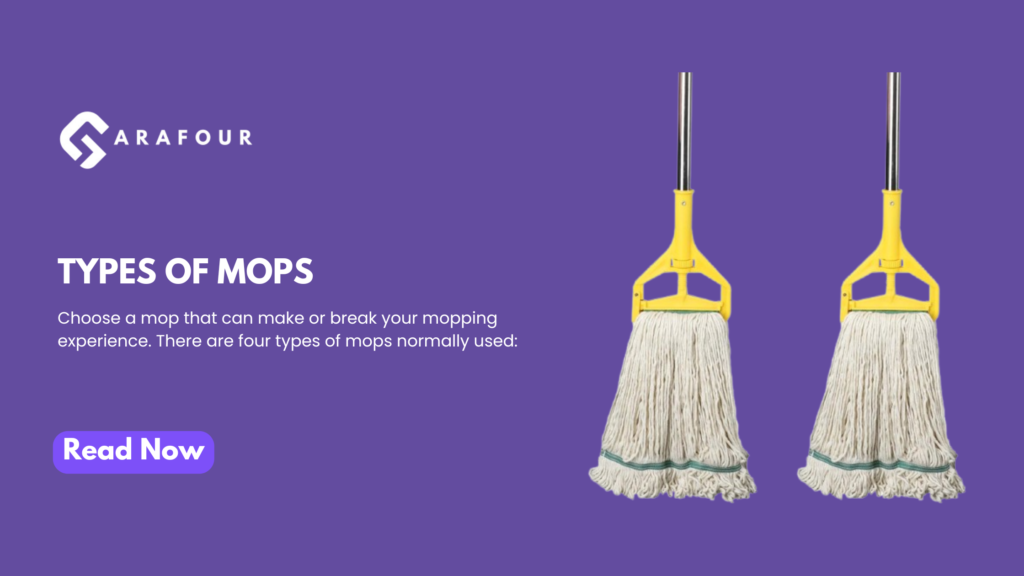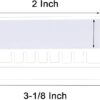How To Mop A Floor?
Think you know how to mop? Think again! Many of us have been doing it wrong their whole lives. But Now, Get ready to forget what you thought you knew about mopping!
Clean floors make homes feel fresh and healthy, but only if you are mopping the right way. Using the best tools, solutions, and techniques can make a huge difference. From how often to mop to secret pro tips, this guide will help you get the job done faster and better.
Say goodbye to streaks and sticky spots! With the right and smart methods, you will make mopping easier and more effective. Do you have a tile, wood, or laminate floor? Below are the best tricks to keep your floors fresh and spotless. Let’s dive in and clean like a pro!
Get Your Cleaning Stuff Ready
Before you start mopping, gather everything you need! Here’s what you’ll need:
- A broom and dustpan to sweep up dirt
- A vacuum, if required, for extra cleaning
- The right mop for your floor type
- A cleaning solution that’s safe for your floors
- A mop bucket (or two—one for clean water, one for rinsing)
- A polish if you have hardwood floors
Types of Mops
Choose a mop that can make or break your mopping experience. There are four types of mops normally used:

String Mop
A string mop is a handy cleaning tool with a head made of absorbent cotton or synthetic fibers attached to a long handle. The mop head is usually rectangular and strings hang from one side.
Dip the mop head into water or a cleaning solution, wring out the excess water to clean it, and move it back and forth across the floor. When the mop gets dirty, remove it and replace it with a fresh one.
Spin Mop
Spin mop makes floor cleaning a breeze with its built-in spinning system to wring out water. So less mess, fewer streaks, and no soaked floors!
Unlike a regular mop, a spin mop takes less effort. Dip the head in water, press the handle, and let it spin to remove excess water in seconds. It is lightweight and easy to move, perfect for small areas and corners. Say Bye to heavy lifting and hello to effortless mopping!
Flat Mop
A flat mop has a wide, flat head made up of absorbent fabric or sponge, perfect for picking up dust, dirt, and other with ease. Just glide it across the floor.
Use it with a bucket and wringer to keep the mop damp, not soaking wet. This helps protect floors while giving them a spotless finish. It is simple, effective, and a must-have for easy cleaning!
Dust Mop
A dust mop with a soft fabric head grabs dirt and debris. Perfect for sweeping up before mopping to keep your floors extra clean. Dust mops are not just for floors; with an extension handle, they can also clean ceilings and walls, making them a super handy tool for reaching tricky spots.
A dust mop is lightweight and easy to use, making it a must-have for quick and effortless cleaning around your home!
Mopping On Different Floors
Keeping your floors clean is very important. Scroll to the quick guide to keep your floor looking fresh and lasting longer.
- Laminate floors: Don’t use too much water. Clean gently with a damp mop and a mild soap-water mix once a week. If you have a crowded home, might need to mop more often.
- Hardwood Floors: Need special care to stay nice. Sweep them every day, but only mop once a week with a gentle cleaner. To keep them shiny and protected, add a new protective coat every few years.
- Tile Floors: Tile floors are super reliable and great for busy spaces. You can sweep daily and mop weekly with a mild soap or cleaner. Got tough stains? Use a tile-specific cleaner. Do not use much water, It can harm the grout!
- Vinyl Floors: This floor is simple to clean. Mop once a week or twice if there Is lots of foot traffic. Use a damp mop with less effective soap, and rinse well to avoid streaks. For stubborn stains, use a stronger cleaner and always rinse afterward.
Easy Step-by-Step Guide To Mopping Floors
Want spotless floors? Follow these simple steps to mop like a pro!

Step 1: Clear the specific Area
Move the furniture out and sweep or vacuum first, which makes mopping more effective.
Step 2: Take Your Cleaning Solution
Decide if you are using a mop and bucket or a spray mop. Fill your bucket or spray bottle with warm water and the right cleaner. Prefer natural cleaners? Mix white vinegar with warm water for hardwood or tile. For laminate floors, use a low dish soap with warm water.
Step 3: Must Read the Label
If you are using a store cleaner, always check the instructions. The right mix keeps your floors clean without damage.
Step 4: Do not use extra time, Mop Smartly
The mop in the bucket should be damp! Starting from one corner to the other work your way across, overlapping strokes to cover every spot. Scrub any tough stains as needed.
Step 5: Clean the floor
Mop the floor with clean water and go over the floor again to remove any leftover cleaner.
Step 6: Let the Floor Air Dry
Let the floor air dry, and then move the furniture back. If you are in a hurry, use a clean cloth to wipe it down.
How Often Should You Mop Floor?
It depends on your home and the number of residents! Mainly traffic, household size, and even the climate. Here is a simple guide to help you keep your floors clean without overdoing it.
High Traffic Areas:
If you have kids or pets or live in a dusty area, you need to mop more.
- Entrance & Living Areas: Sweep or vacuum daily and mop once a week.
- Kitchens: Mop every two weeks.
- Bathrooms: Mop once a week to keep them fresh and hygienic.
Low Traffic Areas:
If a room is not in use much, it does not need frequent mopping.
- Bedrooms & Guest Rooms: Sweep weekly, mop once a month.
By mopping the right amount, you’ll keep your floors clean without extra work!
Conclusion
Mopping is not about hard work but doing it smartly! Choose the right method and tool for your floor type, whether it is hardwood, tile, or vinyl, to keep it shining great without damage., like spin mops for a streak-free shine or microfiber pads for gentle cleaning, makes a great difference.
Stick to a smart cleaning routine: sweep every week and deep clean once a month. Sweep before mopping, use some vinegar for extra cleaning power, and do not use too much water. This way, your floors stay clean, fresh, and shiny without sticky spots.
Want the best mopping tools? Visit Garafour to find everything you need!
FAQs
Can I use a string mop on hardwood floors?
Yes, but wring it out thoroughly! Hardwood hates excess moisture.
How long until the floor is dry?
About 30 minutes. Use a fan or open windows to dry faster.
Why does my mop leave dirt behind?
Your mop is too dirty! Rinse it more often or change the mop head.
What is the best way to avoid sticky residue?
Rinse the mop frequently in clean water and avoid using too much soap. For extra shine, do a final pass with plain water.
Is it fine to walk on the wet floor?
Wait until it is completely dry to prevent footprints or slipping. To speed up drying, open windows or use fans.
Contact us for assistance with your orders or any questions you have. We’re here to help!.
Quick Links
Contact Us
Need help with your order & returns?
support@garafour.com
returns@garafour.com
+1 214 329-9119
Warehouse Locations
- Albany, NY
- Atlanta, GA
- Baltimore, MD
- Boston, MA
- Charlotte, NC
- Chicago, IL
- Columbus, OH
- Cleveland, OH
- Cranbury, NJ
- Dallas, TX
- Denver, CO
- Houston, TX
- Kansas City, MO
- Memphis, TN
- Minneapolis, MN
- Nashville, TN
- Orlando, FL
- Phoenix, AZ
- Download Wharehouse List





